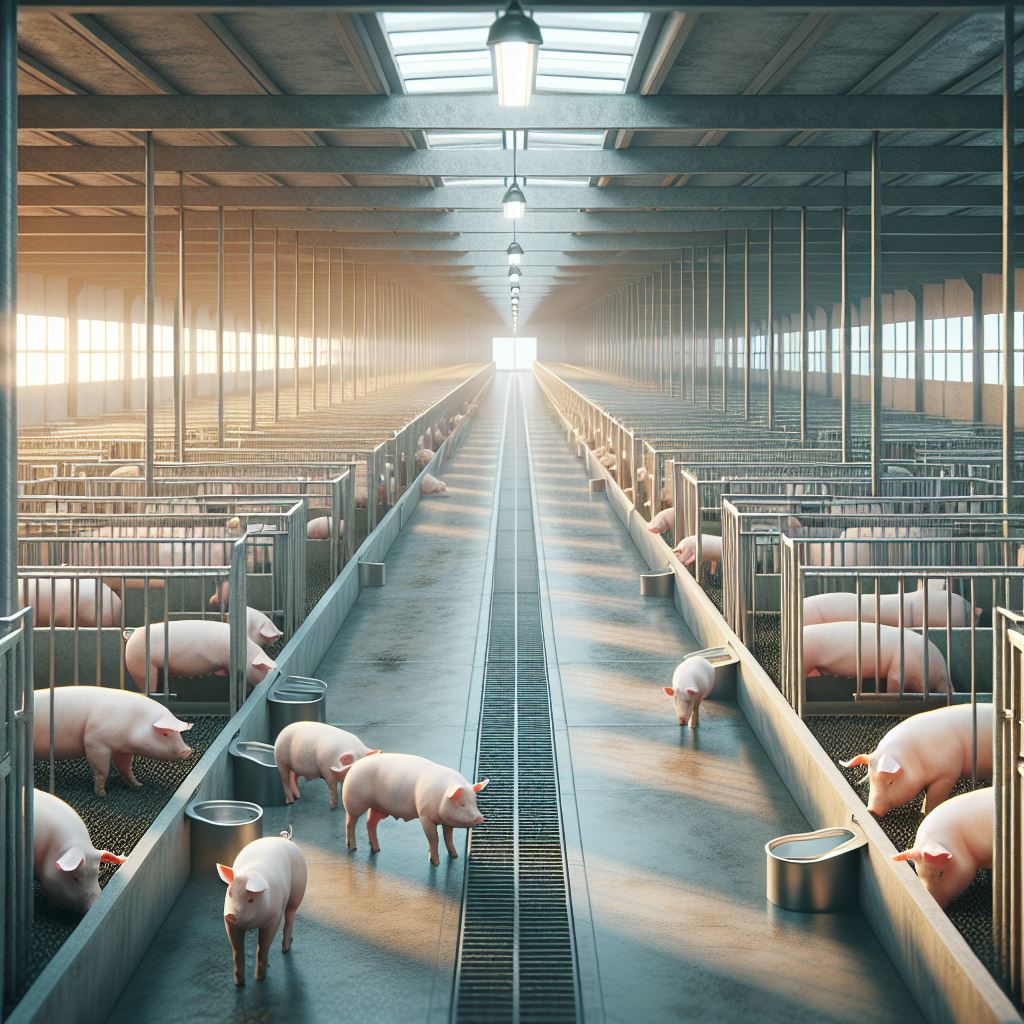Author: gray_ed
-

Information Technology
Computerized systems manage the pretransplant process for human organs, the matching, transportation, and tracking for post-op transplant recipients. Differences in xenotransplantation and the process are incompatible with the antiquated existing systems used for human organs. Projecting the revenue for information technology in transplantation indicates a >$1B opportunity for the same in xenotransplantation.
-

Storage and Transport
The shelf life of a sterile organ on ice is a matter of hours. Specialized pumping devices can extend the organ shelf life to a few days. A sophisticated system for distribution of xenografts will be required. While similar in concept to human organs, the differences in xenotransplantation offers a sizable business opportunity.
-

Pathogen Screening
Global regulatory bodies require testing of the pigs and xenograft recipients for porcine diseases that can infect humans. These diseases are not critical to agriculture, so there are no available source for commercial testing for these agents. Multiple screening points and sample sources are required, this creates a multi billion dollar market for disease screening services that do not exist today.
-

Immune Testing
Pre-transplant testing that helps to ensure success has been essential to improve results in transplantation of human organs. Monitoring teh immune response post-transplant is also key. Similar testing is being done for organs from pigs with differences in scope, reagents, and interpretation. A purveyor of these services for human organ transplant sold for ~$1B in 2012 and a niche player in the market today is valued at $1B.
-

Production
Producing pigs for xenotransplantation is not like existing livestock practices. Worldwide, regulators require pathogen-free pigs raised behind a barrier under tightly controlled situations for pigs producing organs for transplant. These practices are intended to deliver a consistent, quality medical product that has no chance of transmitting disease from pig to man. Separating the production from design, as is done elsewhere, facilitates the rapid development in the field.
